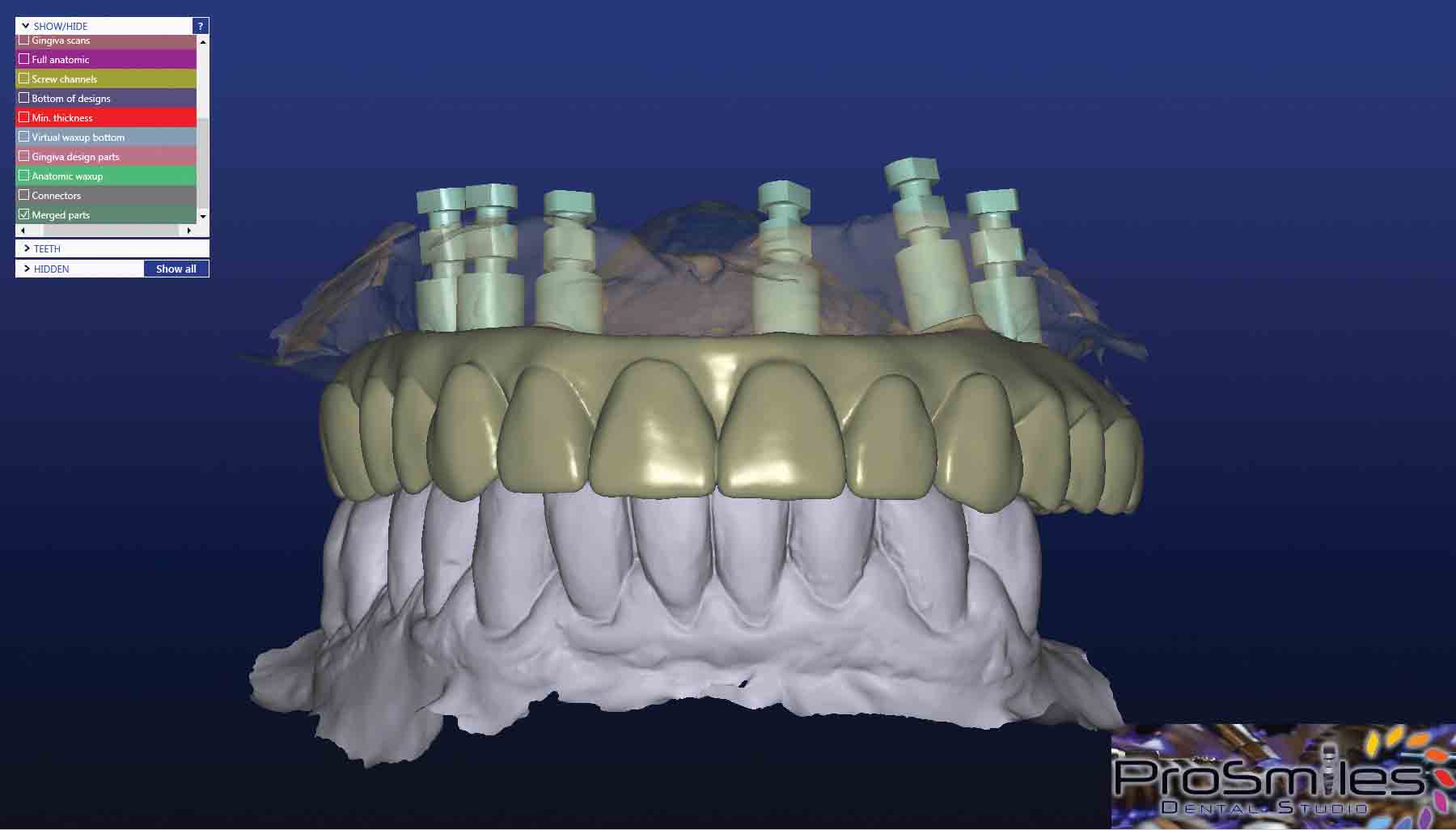Editor’s intro: Dr. Justin Moody describes how digital implant planning can make your practice more efficient, predictable, and reliable.
Dr. Justin Moody discusses how a digital workflow can make your practice more efficient, predictable, and reliable

People talk about digital workflow as though it’s the same for every dentist; the fact is that it is truly different for every office and every clinician. Many of us have cone beam CT, which is often the first piece of the digital workflow puzzle as we use this information for diagnostic assessment, virtual implant placement, and even surgical-guide design and fabrication. When planning implant surgery, we should always start with the final prosthetic outcome in mind. The use of surgical guides and their design keeps this as a number one priority. The ability to create screw-retained restorations, full-arch solutions with access on the lingual side of the incisal edges, while maximizing the available bone allows for more predictable long-term results.



Some offices may not place the dental implants, but the restoration of such often starts with digital intraoral scanning with direct submission to either an in-office mill or electronically to the laboratory. IOS systems are more accurate than traditional analog impressions, in my opinion, and I think if you were to ask any full digital lab, they would tell you the same. Today’s dental laboratories are digital from the moment the case comes in — regardless if it’s digitally scanned or if the dentist sends the impression and it is then digitized. It is here that digital lives, and innovation truly happens, from 3D printing and 5-axis milling all from a digital design team that has the talent literally at their fingertips. Find a laboratory that understands the technology you have in your office, and listen to their recommendations on how to best utilize that. My go-to in this world are Nick and Jeremy Herbert at ProSmiles Dental Studio — they are without a doubt my partner in implant dentistry.
As you can see, the digital workflow is truly different for each office and for each patient. What I do know is when you start to put all these pieces together, you begin to develop a workflow that not only saves you time (which is money) but also makes the outcome more efficient, predictable, and reliable. Go digital — what are you waiting for?
Want to hear more from Dr. Moody about digital workflow and digital implant planning? Read “Systems-driven dental implant practice here.
Stay Relevant With Implant Practice US
Join our email list for CE courses and webinars, articles and mores

 Justin D. Moody DDS, DABOI, DICOI, is a Diplomate in the American Board of Oral Implantology, Diplomate in the International Congress of Oral Implantologists, Honored Fellow, Fellow, and Associate Fellow in the American Academy of Implant Dentistry, and Adjunct Faculty at the University of Nebraska Medical Center. He is an internationally known speaker, founder of the New Horizons Institute Non-Profit Clinic, and Director of Implant Education for Implant Pathway. You can reach him at
Justin D. Moody DDS, DABOI, DICOI, is a Diplomate in the American Board of Oral Implantology, Diplomate in the International Congress of Oral Implantologists, Honored Fellow, Fellow, and Associate Fellow in the American Academy of Implant Dentistry, and Adjunct Faculty at the University of Nebraska Medical Center. He is an internationally known speaker, founder of the New Horizons Institute Non-Profit Clinic, and Director of Implant Education for Implant Pathway. You can reach him at 

